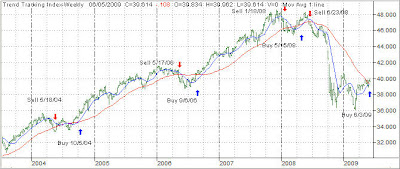 The WSJ featured an article titled “Taking Control,” which gives some advice as to how investors can better protect themselves against schemes and scandals.
The WSJ featured an article titled “Taking Control,” which gives some advice as to how investors can better protect themselves against schemes and scandals.
I just want to hone in on one part that deals with potential conflicts of interest:
Financial advisers essentially fall under one of two of regulatory structures, one often considered stricter than the other. Under current law, “brokers”—who often are called financial advisers or wealth managers—don’t consider themselves to be “fiduciaries,” who are required by federal law to act in the best interest of their client. Brokers can put the interest of a mutual-fund firm ahead of yours, although they are required under law to follow a “suitability” standard, meaning they can’t recommend a product that is inappropriate for an investor.
On the other hand, “registered investment advisers” have to follow a fiduciary standard.
…
A big difference among advisers is how they are paid, and some have financial incentives to recommend one strategy or product over another. There is nothing necessarily wrong with commission-paid advisers, and many investors may well prefer to work with such professionals if it means they don’t have to pay a sales load. Still, it is important to know if an adviser has a financial incentive to recommend what he or she is recommending. While earning a sales commission is an honorable way to make a living in many industries, it has been more of failure than a success when it comes to the investment arena. The history books are filled with stories about scrupulous brokers and brokerage houses that used the commission structure for their benefit and not the client’s. In the financial service industry, abuse tends to be greatest when larges sales commissions are at stake and many victims are clueless as to either what they are buying or getting involved with. I believe that RIAs (Registered Investment Advisors), who work on a fee only basis (assets under management), will offer you the best opportunity to receive an unbiased opinion since money does not change hands whether you follow the advice or not. If you think I am biased, you are absolutely correct. I am a fee based RIA, and I have represented this opinion for over 20 years.
[Emphasis added]





